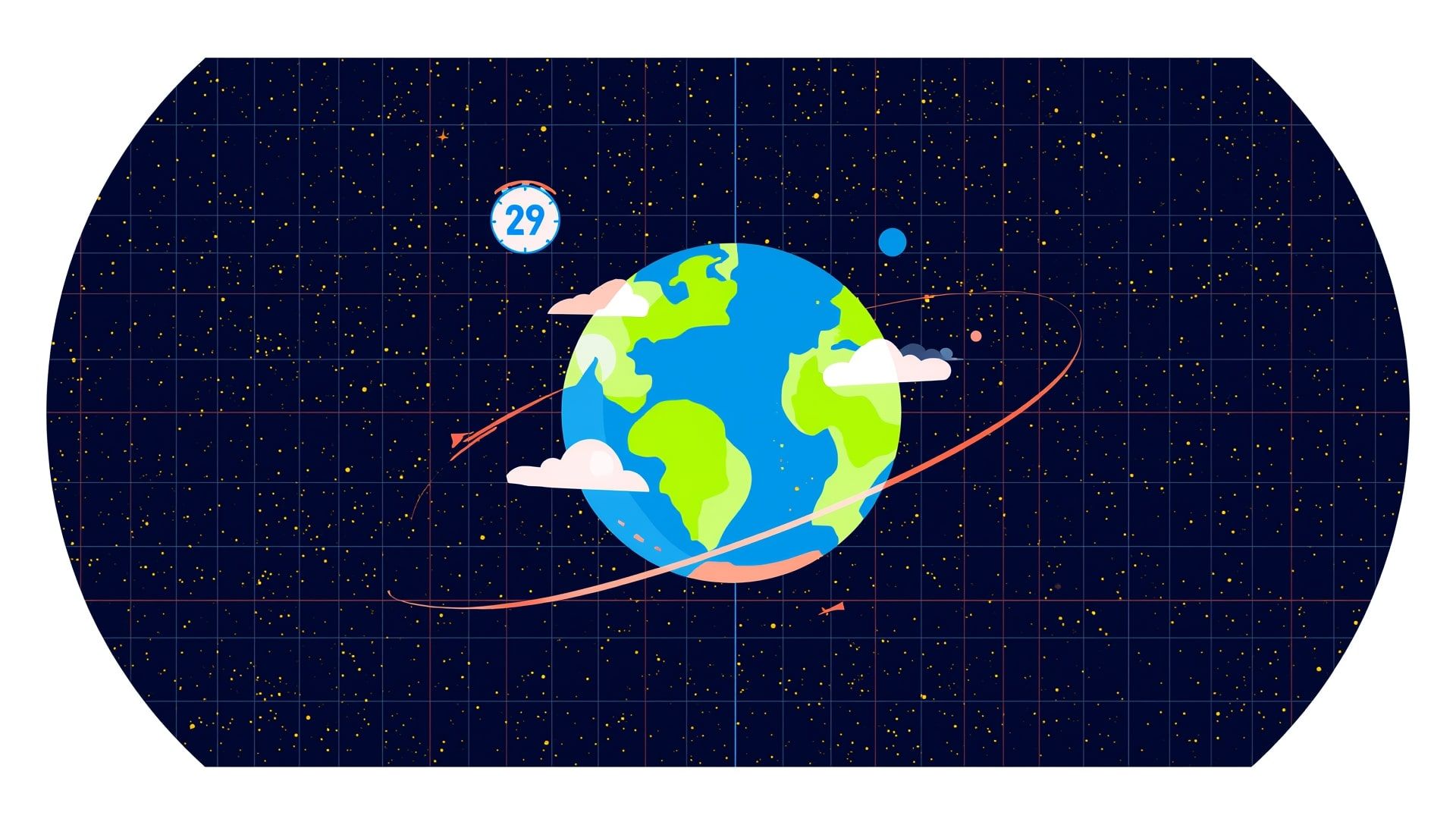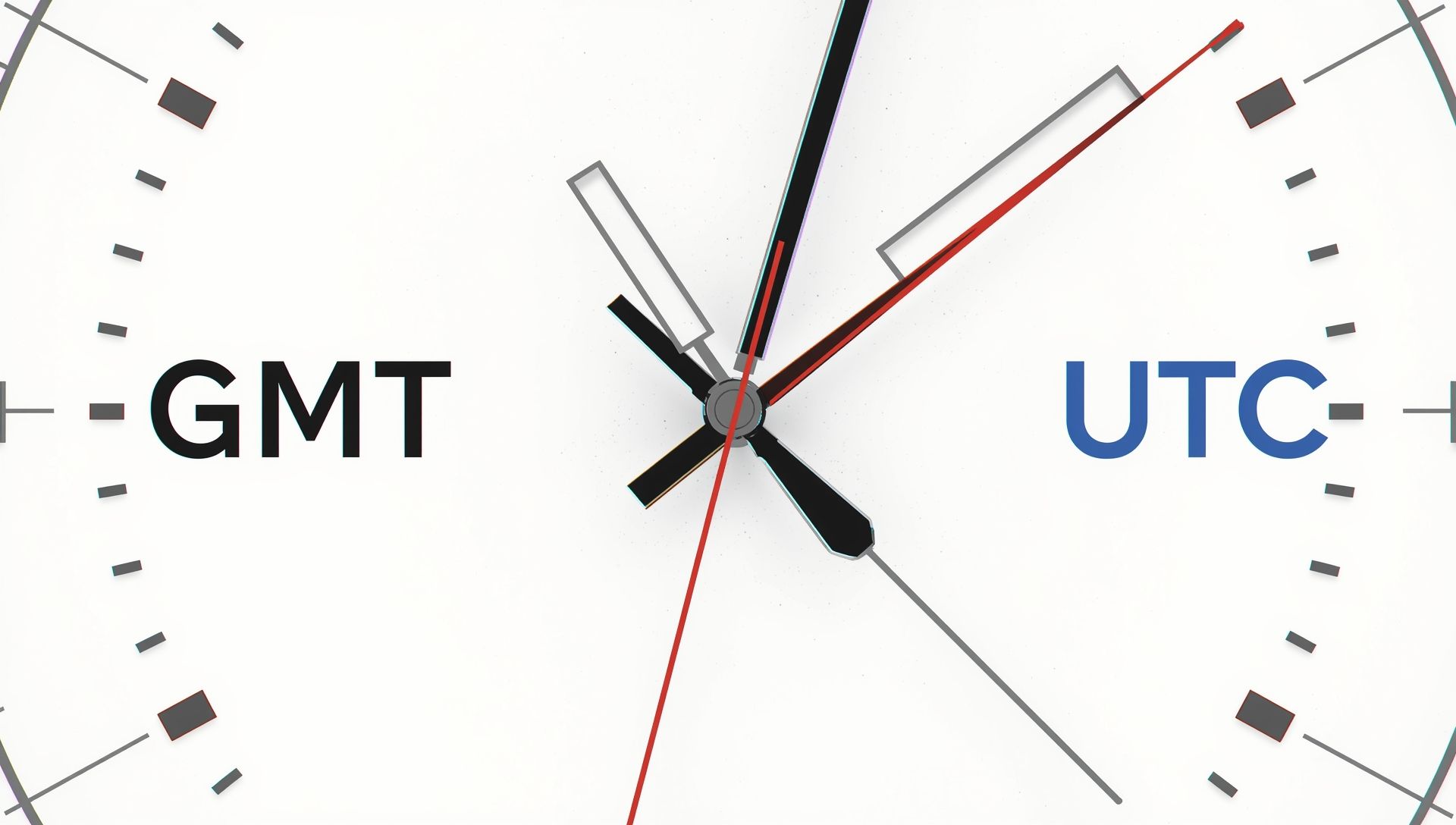Step outside at noon and check the sky. Odds are, the Sun isn’t exactly overhead. In fact, depending on the time of year, it could be surprisingly off-center. That’s not your imagination, it’s a real, predictable quirk of our orbit. The Sun moves in a figure-eight pattern throughout the year. That pattern even has a name: the analemma.
What Is the Analemma, Exactly?
Imagine taking a photo of the Sun from the same spot at the same time every day for a year. If you stitched those images together, the Sun wouldn’t follow a straight path. It would trace a looping figure eight across the sky. That shape is the analemma.
This odd path shows how the Sun’s position shifts over time, even when viewed at the exact same hour. And it’s not random. The shape and tilt of Earth’s orbit make it happen like clockwork, just like the patterns tracked on a world clock that reveals subtle differences between locations around the globe.
Two Reasons the Sun Refuses to Line Up Perfectly
The Sun's apparent drift has two main causes. They’re baked into how Earth moves through space:
- Earth’s Tilt: Our planet is tilted about 23.5 degrees on its axis. This tilt gives us seasons and also causes the Sun’s height in the sky to change each day.
- Elliptical Orbit: Earth doesn’t orbit the Sun in a perfect circle. It’s slightly stretched. That means we move faster in some parts of the year and slower in others.
These two quirks team up to mess with our expectations. That’s why solar noon (when the Sun is highest in the sky) doesn’t always match your watch’s noon. Some days it comes early, others late. Over time, this forms the analemma’s lopsided loops, the same principle that explains why a day lasts 24 hours on average.
The Time Tug-of-War: Solar vs. Clock Time
You might expect the Sun to hit its highest point at 12:00 p.m. sharp. But that only happens a few days each year. Most of the time, there’s a difference between “solar noon” and “mean noon” (the one your phone shows).
This time gap is called the “equation of time.” It can swing by as much as 16 minutes fast or 14 minutes slow, depending on the season. That’s why sundials and wall clocks don’t always agree, especially once daylight saving time enters the picture.
Basically, our clocks run on average time. The Sun follows its own rhythm, based on the same celestial mechanics that define the difference between GMT and UTC.
Why the Analemma Looks Like a Figure Eight
The analemma’s shape isn’t just a pretty curve. It reflects how those two orbital quirks play off each other. Here's why it forms that signature figure-eight:
- Lopsided Loops: The bottom loop (around early January) is usually larger because Earth moves fastest when it’s closest to the Sun.
- Narrow Waist: Around April and August, the Sun lines up better with clock time, pinching the figure-eight in the middle.
- Tilted Angle: The whole shape leans because Earth’s axis is tilted, changing how high the Sun appears throughout the year.
If you live in the Northern Hemisphere and point your camera south, the analemma will lean slightly to the right. In the Southern Hemisphere, it leans to the left, an orientation that also affects how time zone maps divide the world into regions of shared local time.
Where You Stand Changes Everything
Your location also shapes how you see the analemma. Near the equator, the loops stretch more vertically. Farther north or south, the shape looks squashed and lower in the sky. That’s why noon never looks the same in New York as it does in Nairobi.
Even across one country, solar noon might hit at 12:07 in one city and 11:52 in another. Longitude plays a sneaky role too, much like how local time zones are fine-tuned to balance geography and standard time.
A Sky Dance That Keeps Time in Its Own Way
The analemma is more than just a celestial curiosity. It’s a quiet reminder that our clocks are human inventions. The Sun has its own schedule, shaped by cosmic geometry and the precision of the IANA time zone system that keeps global coordination possible. When you look up at noon and the Sun isn't where you expect, it’s not late. It’s just following its own loop.
So next time someone tells you it’s high noon, don’t be so sure. The sky might have other plans, as the delicate balance of time constantly shifts between what we measure and what the universe displays.









